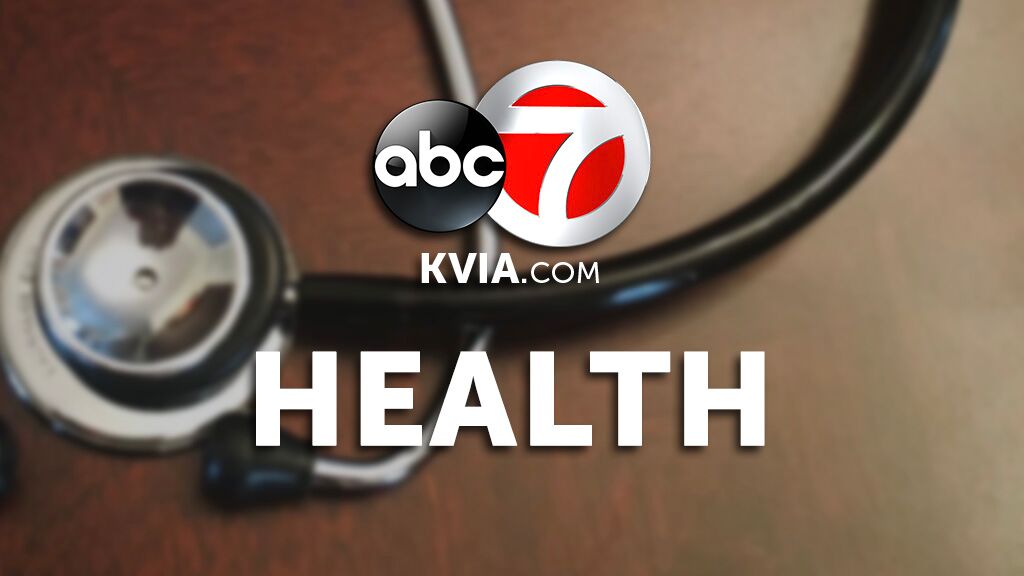People using illicit opioids face higher risk of death from these causes, study finds

People using illicit opioids are not only at an increased risk of a drug-related death, but a new study finds they have an elevated risk of dying from noncommunicable diseases, infectious diseases, suicide and unintentional injuries.
Among people who used opioids outside of a prescription, suicide deaths occurred at almost eight times the expected rate and unintentional injuries at seven times the expected rate, according to the study, published Thursday in the medical journal JAMA Psychiatry. Death from interpersonal violence was relatively infrequent but occurred at more than nine times the expected rate, according to the study.
“People might be surprised that although overdose was the most common cause of death, it’s far from the only cause of death that people using opioids outside a prescription experience at excessive rates,” said Sarah Larney, lead author of the study and a senior research fellow at the University of New South Wales’ National Drug and Alcohol Research Centre in Australia.
“Smoking-related illnesses such as cancer and cardiovascular diseases are common. Trauma is another major factor. People are exposed to car accidents, assaults and other causes of injuries at greater than usual rates, and suicide is also much more common than in the broader population,” she said. “It’s really clear that although overdose prevention is critical, we also need to look at the range of poor outcomes that people are experiencing, and work to reduce other causes of excess mortality such as suicide, chronic diseases and infectious diseases.”
The study involved reviewing and analyzing data on people across 28 countries who used heroin, other illicitly manufactured opioids and pharmaceutical opioids outside the bounds of a medical prescription. The data came from 124 previously published studies, some dating as far back as January 2009. The researchers compared that data with the general population of the same age and sex.
The researchers found that the men in the data had significantly higher drug-related death rates than women, as did older people compared with younger people.
When it came to other causes of death, the researchers found that excess mortality risk due to AIDS was particularly pronounced among women in the data, and liver-related deaths were more common among men in the data.
“Another surprise is that we didn’t see any evidence that deaths due to AIDS are reducing over time in this population. In the other population groups living with HIV, deaths due to AIDS are decreasing due to better treatments, and better access to treatments among marginalized populations,” Larney said.
“People who inject drugs are the only group where we don’t see this,” she said. “People who inject opioids and other drugs who are living with HIV still have very limited access to care, and as a result are dying of treatable chronic disease.”
The study had some limitations, including a lack of information and some variation in the data on how causes of death were defined. Most of the studies in the review were conducted in high-income countries. More research is needed to determine whether similar findings would emerge among people in low- and middle-income countries.
Yet overall while poisoning- or substance-related deaths were the most common cause among people who used opioids illicitly, accounting for 31.5% of deaths, the researchers found that noncommunicable diseases accounted for 24.1%; infectious diseases accounted for 19.7%; and trauma for 18.1%, among other causes.
“To me the most important message to take from this study is that we need to think beyond the drug. People using opioids are people first and foremost, and have complex health and social needs,” Larney said. “Making sure people have access to essential medicines to treat HIV and hepatitis C; encouraging smoking cessation through access to nicotine replacement therapies; and ensuring access to nutritious food and safe shelter would all go towards reducing the death toll in this population.”
In the United States, where it’s estimated that more than 130 people die every day as the result of an opioid overdose, deaths related to suicide, drug overdose, liver disease and cirrhosis have been called “deaths of despair.”
Increases in these deaths of despair have been so significant in recent years that they are major drivers in reducing American life expectancy.
A report issued in September by the US Congress Joint Economic Committee titled “Long-Term Trends in Deaths of Despair” noted, “Mortality from deaths of despair far surpasses anything seen in America since the dawn of the 20th century. … The recent increase has primarily been driven by an unprecedented epidemic of drug overdoses.”
